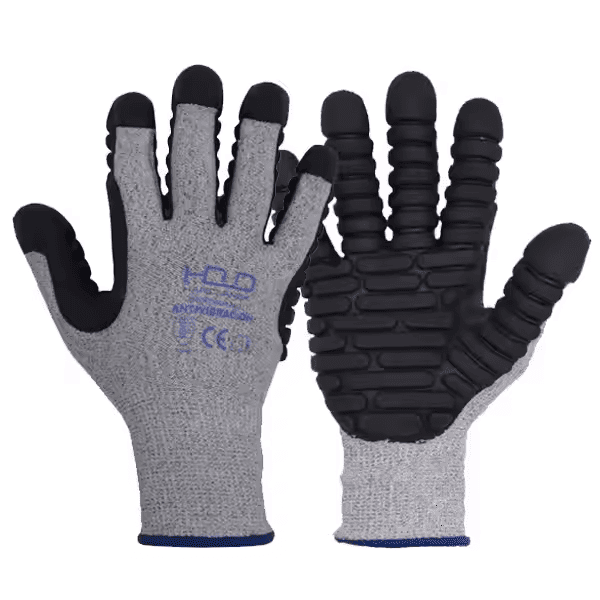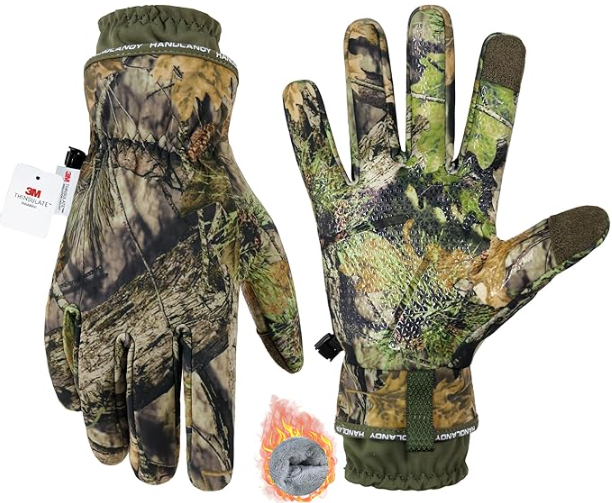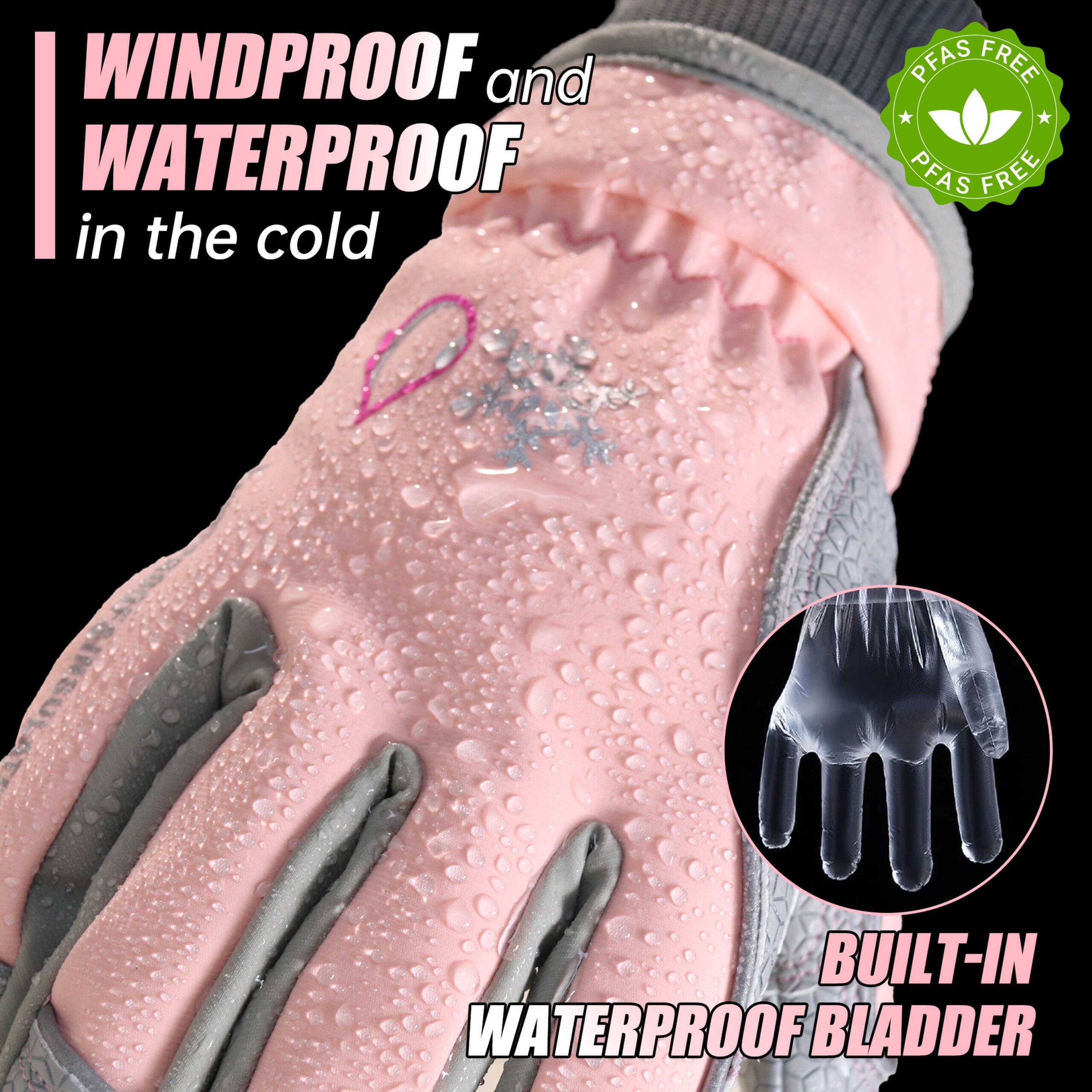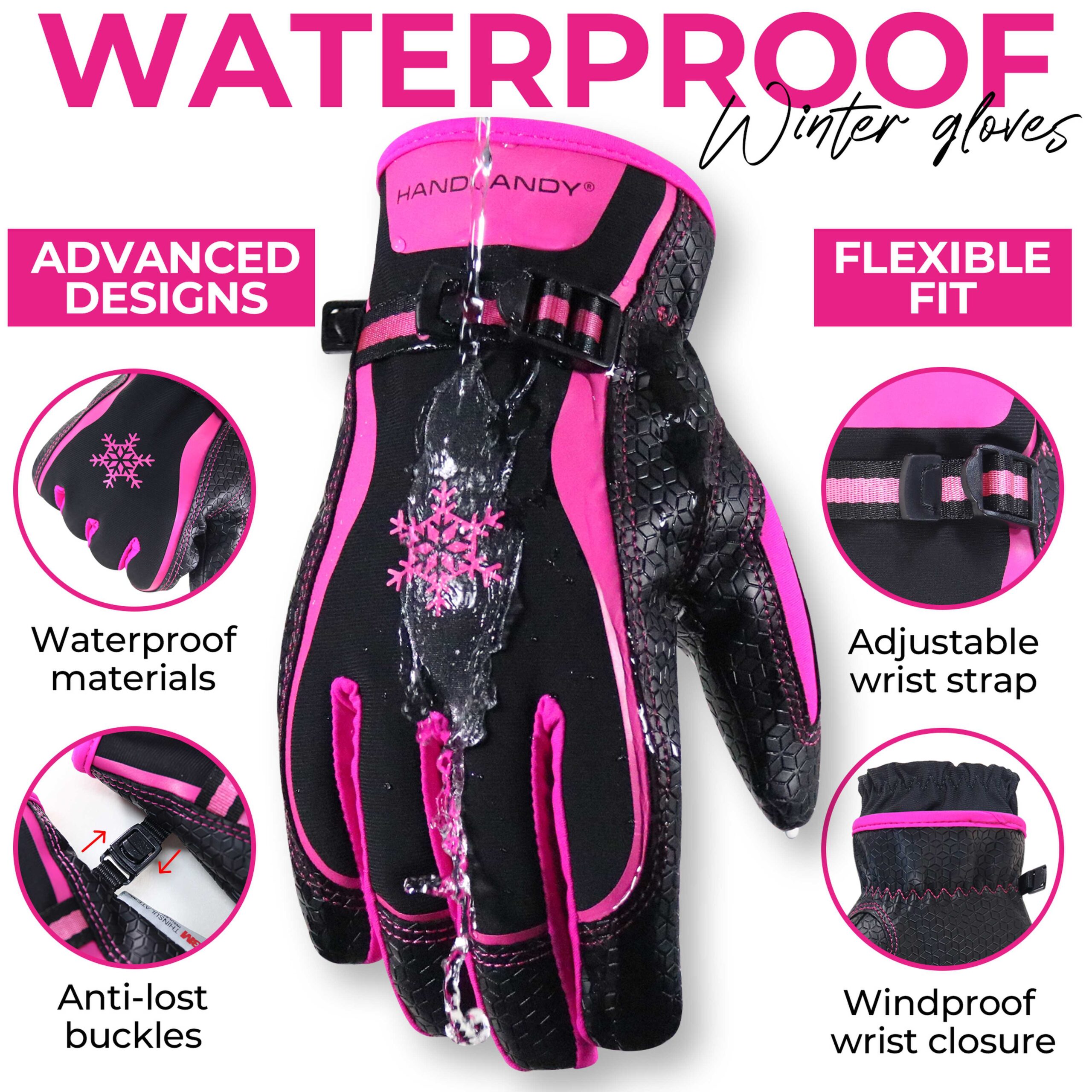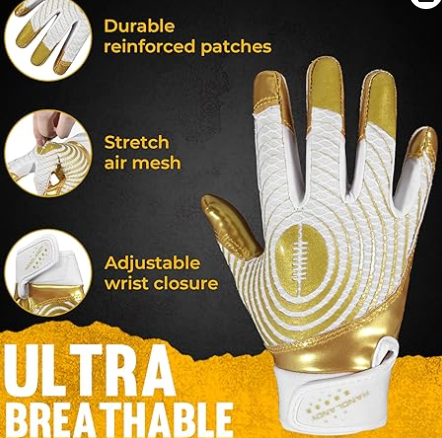Yes, anti-vibration gloves can reduce the impact of high-frequency vibrations, but they are less effective for low-frequency vibrations. These gloves help minimize the risk of Hand-Arm Vibration Syndrome (HAVS) and other vibration-related injuries. However, their effectiveness depends on the tool used, the glove’s design, and the vibration frequency.

How Do Anti-Vibration Gloves Work?
Anti-vibration gloves are designed with special padding materials like gel, foam, or rubber to absorb vibrations. These materials act as a barrier between the tool and the user’s hands, preventing excessive vibration from reaching the muscles and nerves. Many gloves are tested according to standards like ANSI S2.73/ISO 10819, ensuring a certain level of vibration reduction.
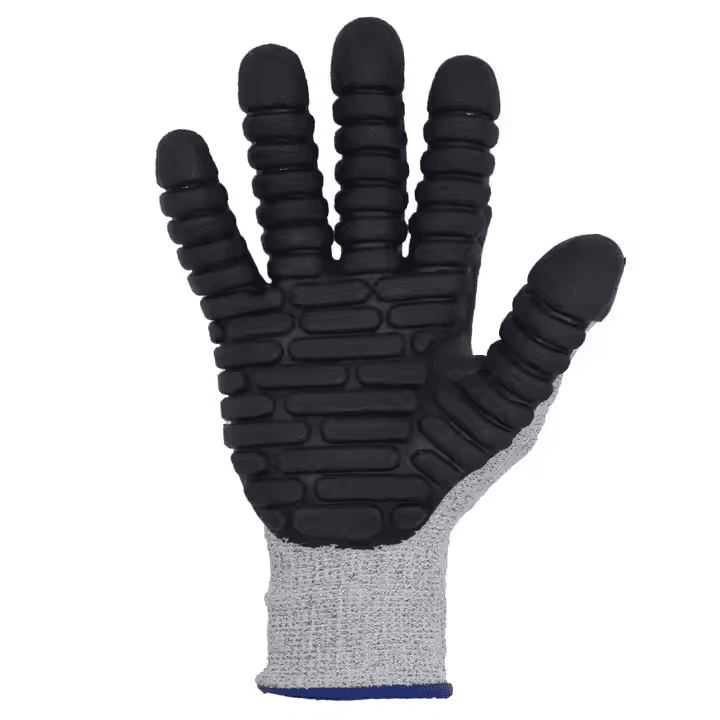
Do They Prevent HAVS and Other Injuries?
While anti-vibration gloves can help reduce exposure, they do not completely eliminate the risk of vibration-related injuries. HAVS (Hand-Arm Vibration Syndrome) is caused by prolonged exposure to vibrating tools, leading to numbness, tingling, and even permanent nerve damage. Gloves work best when combined with proper tool handling and limited exposure time.

Limitations of Anti-Vibration Gloves:
| Factor | Impact |
|---|---|
| Vibration Frequency | More effective for high-frequency vibrations, less for low-frequency vibrations. |
| Grip Force | Thick padding can increase grip force, leading to hand fatigue. |
| Finger Protection | Most padding is in the palm, leaving fingers exposed. |
Best Practices for Vibration Protection
Instead of relying only on gloves, a combination of strategies ensures better hand protection:
- Choose Low-Vibration Tools – Modern tools are designed with built-in vibration dampening.
- Limit Exposure Time – Take breaks to reduce prolonged exposure to vibrations.
- Maintain Tools Regularly – Worn-out tools produce more vibrations and increase injury risks.
- Use Proper Work Techniques – Avoid excessive grip force and let the tool do the work.
Anti-vibration gloves can help reduce vibration exposure, but they should be used alongside other safety measures. For maximum protection, use low-vibration tools, limit exposure time, and ensure regular tool maintenance. These steps will help prevent long-term injuries while keeping hands safe and comfortable.

